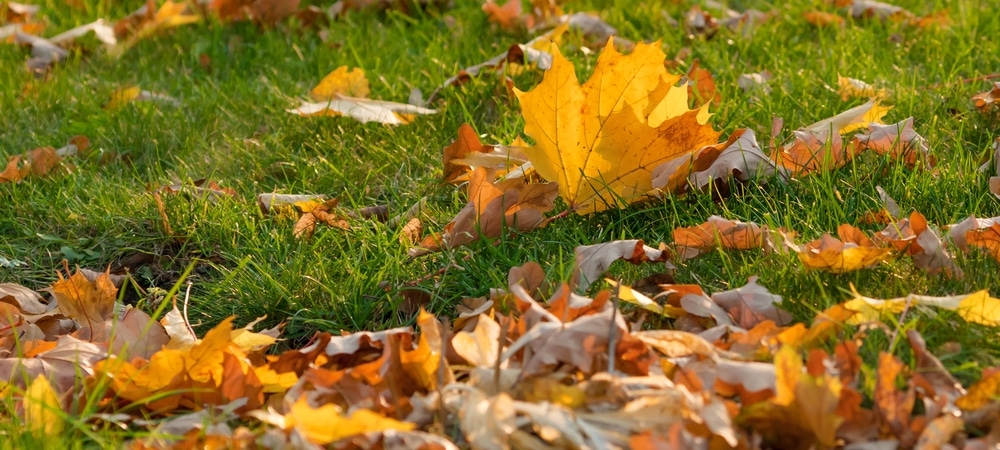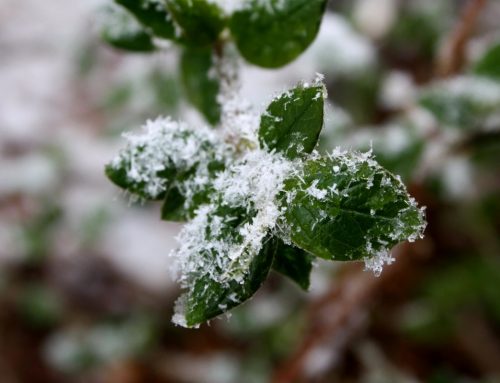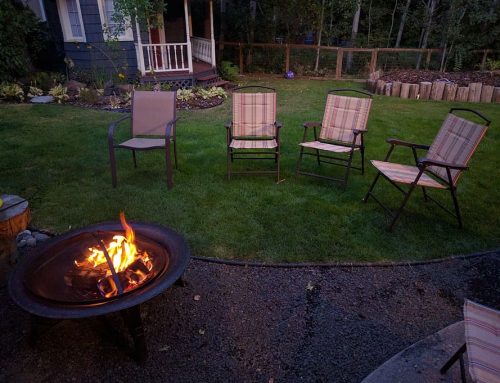When it comes to lawn care, autumn is an important period. Since there are a lot of tasks to cover, we advise you to distribute your time accordingly, so you can spare yourself the stress.
This means starting early and making sure you dedicate enough time to doing each task the right way. This guarantees that the lawn grass will benefit to the fullest from your autumn maintenance.
Autumn is a time for your grass to prepare for the next winter season, when it will go dormant. Now is the moment to provide it with all of the nutrients, water, and sunlight it requires to make it through the winter and into spring.
Proper lawn care in the Autumn ensures the grass’s healthy growth in the spring. It’s also a good time to start growing new grass.
The optimal period for active weed management is in the autumn. Some varieties of weeds thrive in certain types of weather. To avoid a more significant weed invasion in the coming months, it’s best to deal with them now.
You’ll have less to worry about in the spring if you maintain your lawn properly in the autumn.
Give the lawn a lot of food.
It’s always a good idea to fertilize your lawn. Even yet, feeding the grass in the autumn is crucial because it provides it with the nutrients it needs to stay green throughout the winter. The other best time to apply fertiliser is in the early spring.
So, in the autumn, choose the best nourishment for your lawn. This entails using a high-quality lawn fertilizer from a specialty retailer that has a slow-release composition and lower nitrogen levels.
You’ll need to measure your yard to get the proper dosage. Even with the directions on the back of the lawn fertilizing product, this could be difficult.
The importance of aerating the lawn cannot be overstated.
After the hectic summer months, you’ll see how important it is to aerate your lawn. Take into account the hot weather, the frequent barbecue gatherings, and the amount of time you spend playing outdoor games with your dog.
As a result, compacted lawn soil is a possibility. The grass cannot flourish in this environment because nutrients and oxygen can scarcely enter and reach its roots.
Lawn compaction can be identified by thinning blades or the loss of grass in certain locations. Pushing a tine fork into the soil is the best test. If it’s difficult to accomplish, it’s time to aerate.
Consider top-dressing if you see thatch is forming, the lawn soil is uneven in some spots, or you simply want to ensure the proper development of new grass after overseeding. This is a typical lawn soil blend that is put to the lawn’s surface. After aeration, spread the mix on the lawn to help it absorb it more quickly. It’s also a good idea to look for top-dressing that’s as near to your lawn’s current soil makeup as possible. If you’re not sure what it is, a lawn mowing expert can check it out for you and give you the finest advice.
Fertilize and water your plants properly.
Some lawn grasses, will not allow any weeds to thrive in their presence. However, not all of them are as impervious to intruders as others. As a result, implementing some preventative actions will make weed control much easier.
Feeding your lawn at least twice a year is the first step (preferably in spring and autumn). This will maintain it healthy and green in the long run, as well as less prone to weeds. The second step is to apply the proper amount of water.
As the autumn season draws to a close, you’ll need to cut back on watering, but you may also make it more efficient. Watering slower and for longer periods, either in the morning or afternoon, allows moisture to sink deeper into the soil, all the way to the roots.
Cut the grass down to size.
As the temperature drops, this is vital to ensure that the grass has easy access to sunshine. With the coming of autumn, begin mowing lower and continue for the next few months.
However, as fall gives way to winter, keep in mind that grass blades should be longer (at least 3.0 cm). This will fortify the lawn and make it easier for it to get through the cooler months when it won’t require as much attention.
Warning: Summer activities can sometimes fatigue and stress the lawn, making it appear thinner and inhibiting its growth. If your lawn appears to be in poor condition, you should skip this stage and let the green blades to grow higher. As a result, they will be more resistant to changes in weather.
When it comes to safeguarding your lawn’s autumn sunbathing spots, you’ll also need to sweep up some fallen leaves and trash. Depending on the weather in your Australian area, you can do this twice a week or more frequently.
Concentrate on removing any leaves or branches from the lawn, as well as clearing out the regions around it.
Finally, let’s wrap it up.
Investing extra time and effort in lawn care this autumn, regardless of where you reside in Ireland, will allow you to enjoy a lush green yard as soon as spring arrives.
The two essential duties to concentrate on are aeration and fertilisation. They will assist your grass in surviving the impending chilly season and developing more effectively in the future.
While the weather is still nice, keep the grass on your lawn a little shorter. Allow the green blades to grow higher and stronger in preparation for the coming winter.






Leave A Comment
You must be logged in to post a comment.